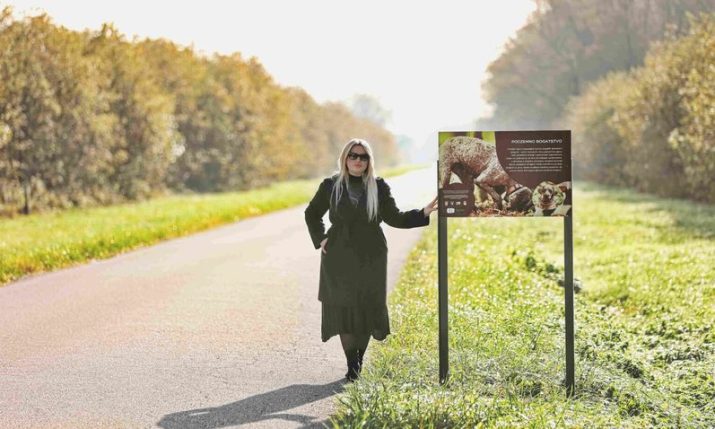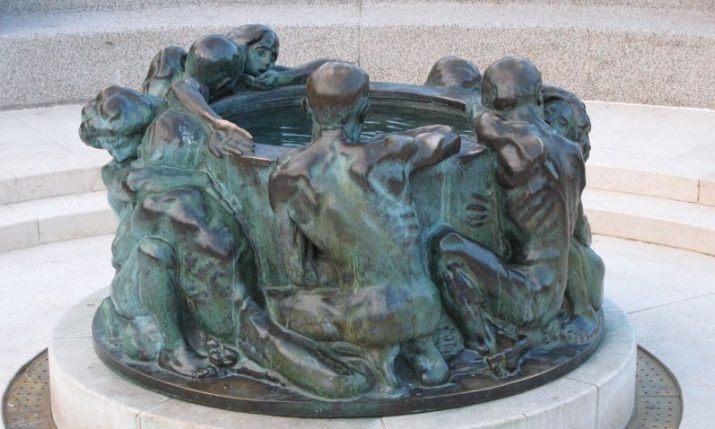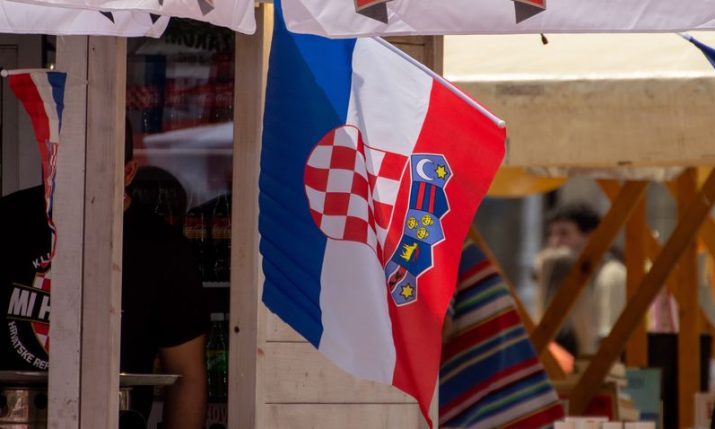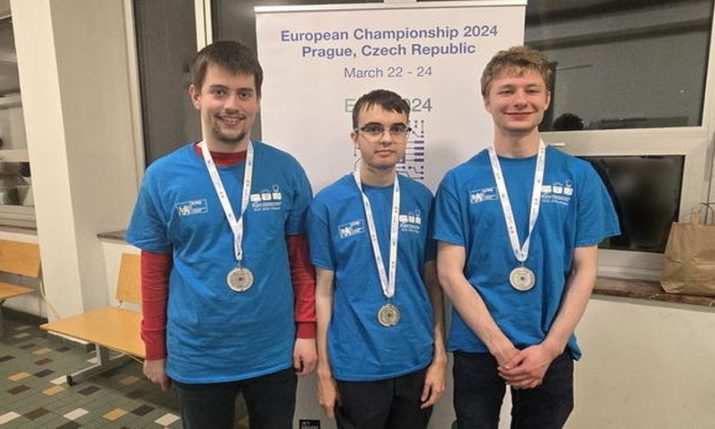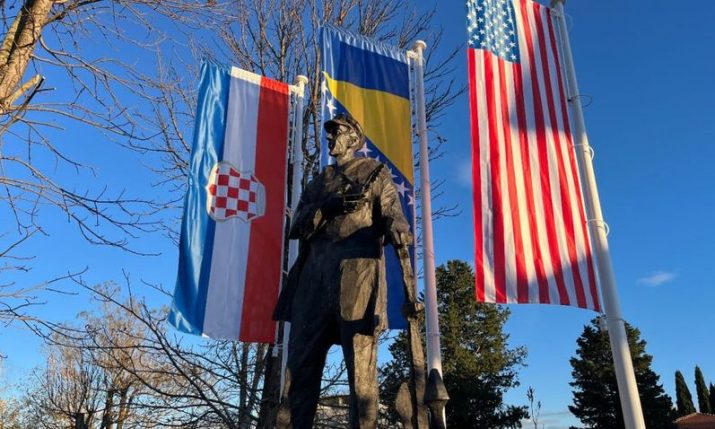Meet ‘Hrvatica’ the indigenous Croatian chicken
- by croatiaweek
- in News
The Hrvatica, also known as Dudica, stands as a testament to Croatia’s rich agricultural heritage.
This indigenous chicken breed, established in 1917 in the quaint Podravina village of Torčec, emerged through the strategic crossbreeding of local hens with Leghorn roosters.
A subsequent refinement process, which favoured individuals with distinctive white plumage, culminated in the breed’s recognition in 1937 when it outshone others in egg production at the state estate in Karađorđevo, earning it the moniker “Hrvatica.”
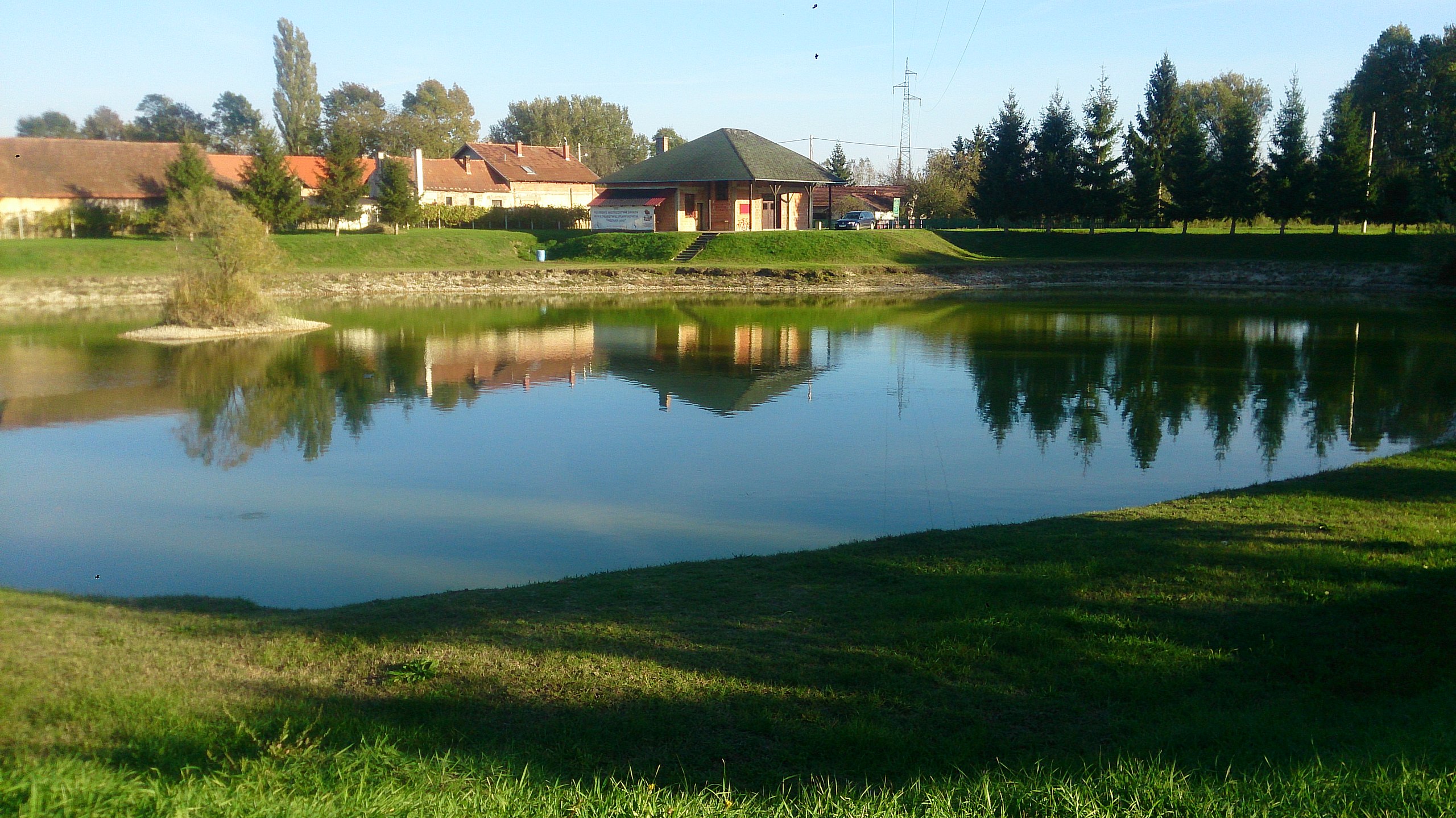
Torčec (Photo credit: Fruchi/ CC BY-SA 4.0)
Distinctive for its four colour variations—red, black, black-golden, and partridge-golden—Hrvatica chickens exhibit unique characteristics. Notably, all variations boast white earlobes, while the black and black-golden strains sport slate-colored legs, and the red and partridge-golden varieties have white legs.
Among these, the red variation claims the spotlight as the most prevalent, with the black-golden standing out as the rarest.
Primarily concentrated in the regions of Podravina and Međimurje, Hrvatica chickens have also found a home in various corners of Croatia. These chickens, with roosters reaching weights of up to 2.50 kg and hens up to 1.90 kg, are emblematic of traditional small-scale farming practices. Freely roaming in open spaces for the majority of their lives, these chickens are hardy and undemanding in their dietary needs.
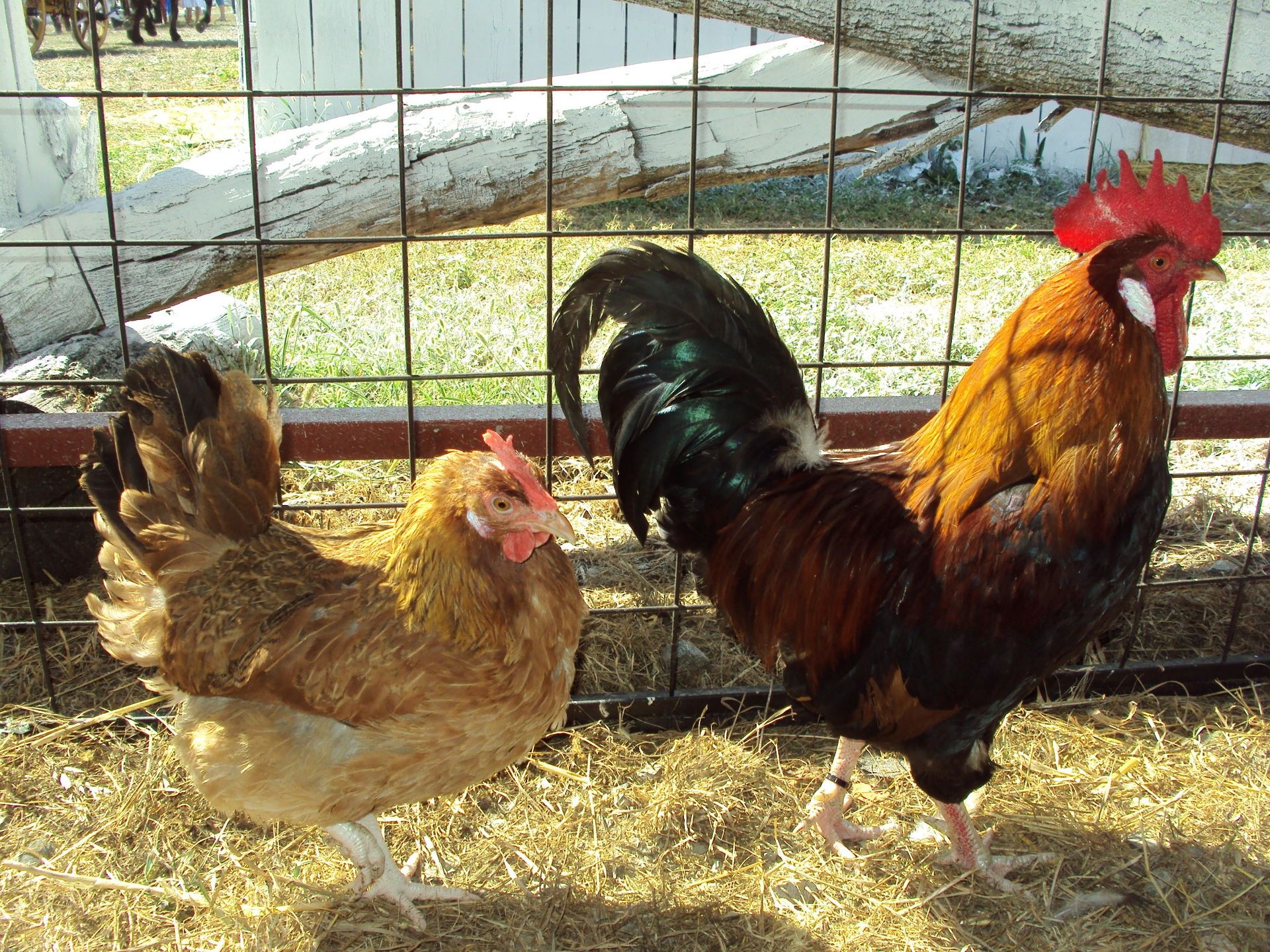
(Photo credit: Fraxinus Croat/CC BY-SA 3.0 Deed)
The Croatian Agricultural Agency plays a pivotal role in safeguarding and fostering the Hrvatica breed. Devoted to both its development and preservation, the agency ensures that this unique chicken breed continues to thrive within the country’s agricultural landscape.
Not only cherished for their cultural significance, but Hrvatica hens are also prolific layers, contributing up to 300 eggs annually. As Croatia endeavours to preserve its agricultural heritage, the Hrvatica chicken stands as a proud symbol of the nation’s commitment to traditional farming practices and the preservation of its unique breeds.
Expanding the Tale: Hrvatska Patuljasta Kokoš – Jurek and Katica
In addition to the Hrvatica, Croatia boasts another avian breed in the form of the Hrvatska Patuljasta Kokoš (HPK), affectionately known as Jurek and Katica. This ancient breed of domestic chickens has graced Croatian villages for centuries, thriving in the diverse climatic conditions of the country. Renowned for their resilience and semi-wild nature, these chickens could endure the harshest living conditions, showcasing their adaptability.
These diminutive fowls, with their resistance to various diseases, extended lifespan, excellent fertility, and maternal instincts among hens, have historically ensured a thriving population without the need for excessive care. The Hrvatska Patuljasta Kokoš, or HPK, is a native bantam chicken widespread across Croatia, known by various names. They lay 80 to 100 white-shelled eggs, each weighing at least 30 grams.
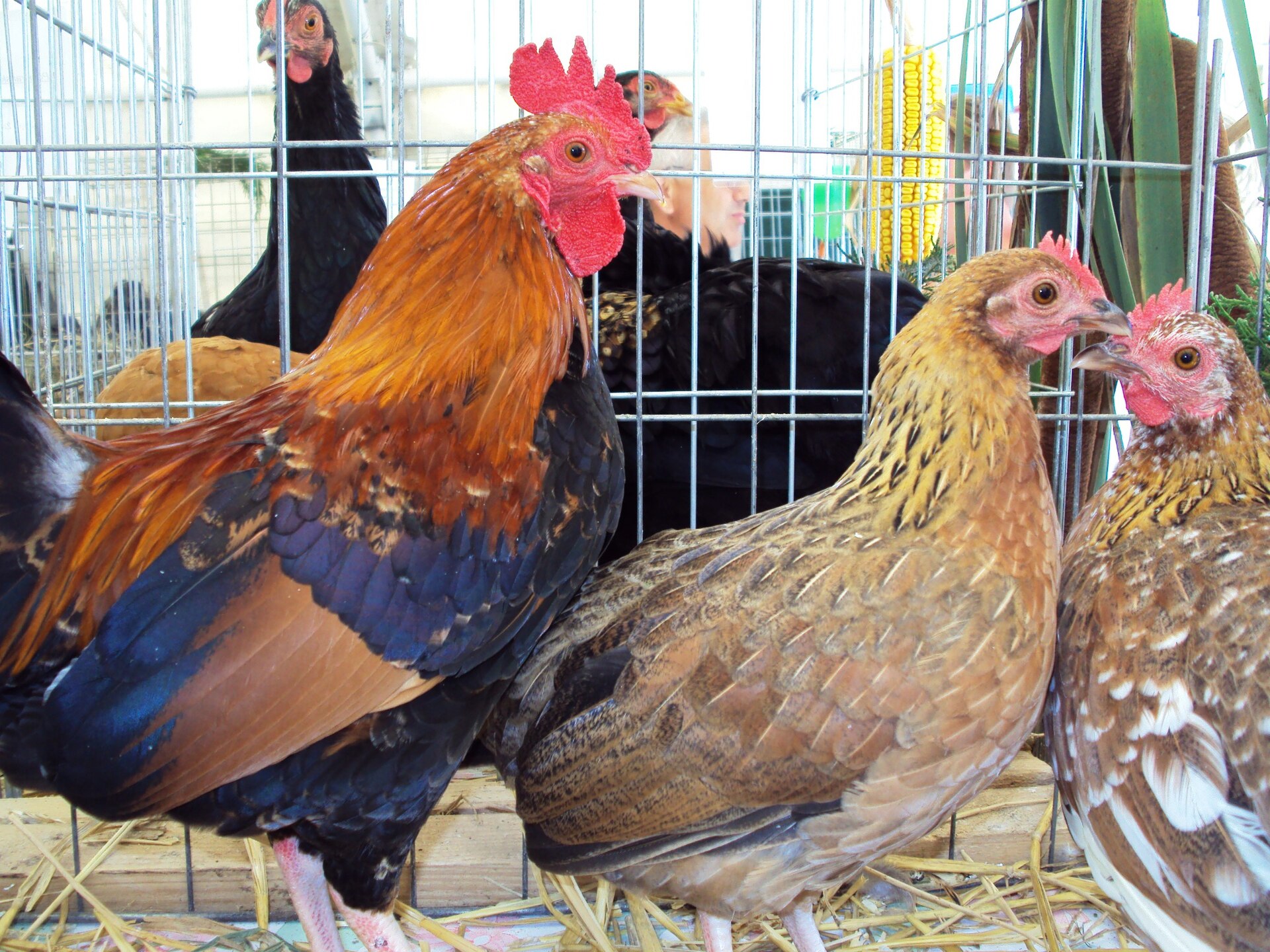
Hrvatska Patuljasta Kokoš (Photo credit: Fraxinus Croat/CC BY-SA 3.0)
Characteristic features of this breed include a distinctive elegance and charm. With a slim and elegant appearance, a medium to tall stature, an upright and proud posture, and a slightly raised crest at the back, these chickens exude an air of combativeness or roguish charm. Shy and playful, they adapt well to free-range living, with many still roosting in trees.
In 2007, a group of poultry breeders and enthusiasts, inspired by their shared love for old breeds, formed the idea to revive this endangered breed collectively. Due to the historical cultivation of this chicken in various parts of Croatia, its nomenclature varies from village to village, with names like Đurek and Katica, Đurina and Katena, Kredlice, Čučuriček, Cvergli, Turčinci, and more.

